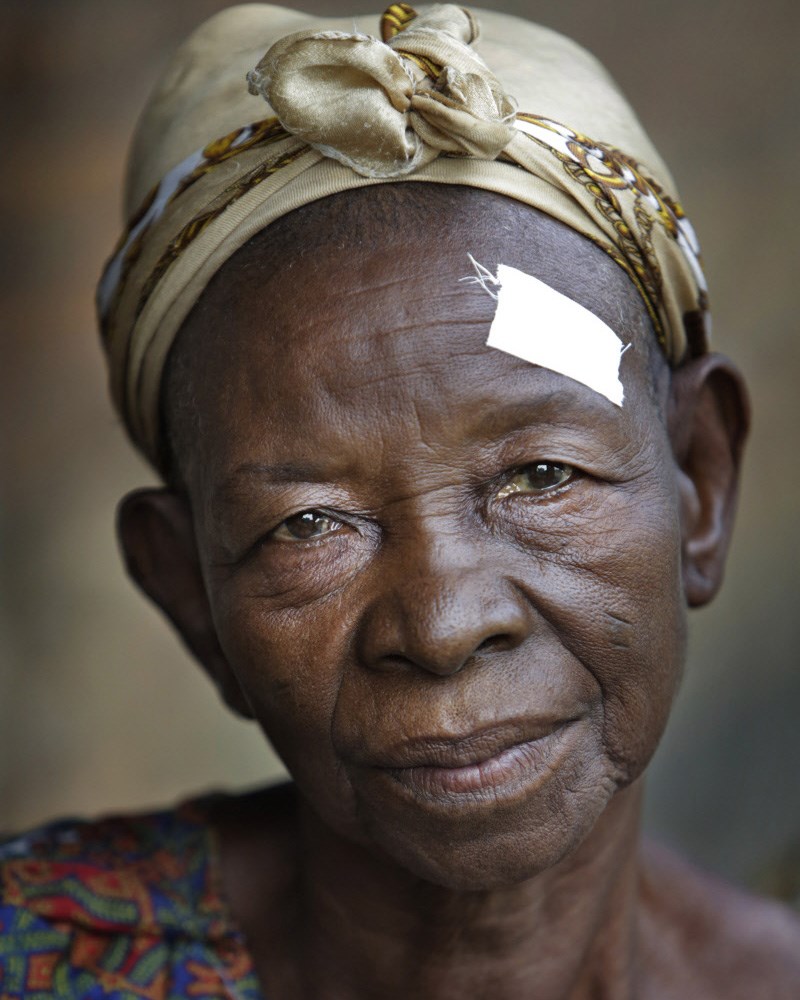India’s economic miracle has yet to work its magic in Yeluvahalli. Just 108km outside Bangalore, the pulsing heart of India’s technology boom, the village is home to dozens of small-scale farmers struggling to coax a living from tiny patches of land.
For 50-year-old Shivanna, the annual harvest is barely enough to feed his family and too small to sustain them through the droughts that haunt the village each spring. In an attempt to boost his crop yield, he has shouldered debts to buy chemical fertiliser.
“The rains have reduced a lot, especially in the last four to five years,” he says. “It is also much hotter in the summer, which means the water in the village ponds dries up before the dry season is over.”
Shivanna’s misfortune is a grim reminder of an uncomfortable truth. India, despite its ambitions as a rising economic giant, is still struggling to thin the ranks of the rural poor. Towns and villages house around 70 per cent of the Asian country’s 1.2 billion people, a large number of which exist on the knife-edge of poverty.
Three out of five Indians live dangerously close to the breadline of $1.17 a day, with the spending growth of the poorest 40 per cent still trailing the national average. While one India is prospering, driven by a small but thriving urban elite, the other has failed to catch the rising tide of wealth that has recently transformed the country’s cities. Smallholder farmers, overwhelmingly, are in the latter camp.
“India’s pattern of economic growth is not equal,” says Sumiter Broca, policy officer with the UN Food and Agriculture Organisation’s Asia-Pacific office. “The rewards have gone to those with some sort of qualifications or skills, or with capital.”
Agriculture employs more than half of the Indian population, but accounts for around just 13 per cent of the economy.
“Many of the rural poor can barely read or write, and they are geographically isolated,” Broca says. “They don’t have many options. It’s the 1 per cent of the population that has done well.”
Across India’s villages, this economic partition is only too visible. Farmers survive with scattered pockets of land, poor roads and no water or electricity. Illiteracy is rife, so workers farm by instinct rather than information. A lack of access to cash or credit means only a handful have access to modern farming methods and equipment.
More than half of cultivated land in India is rain-fed rather than irrigated, and crops from rice to cotton are at the mercy of the monsoons. Good fortune can be fleeting: smallholders are often one bad harvest away from catastrophe.
Government data shows more than 15,400 farmers took their own lives in 2012, as drought pushed them further into debt.
“Farming is an incredibly difficult occupation,” says Broca. “Even down to personal risk in terms of injury or death. It shouldn’t be romanticised.”





